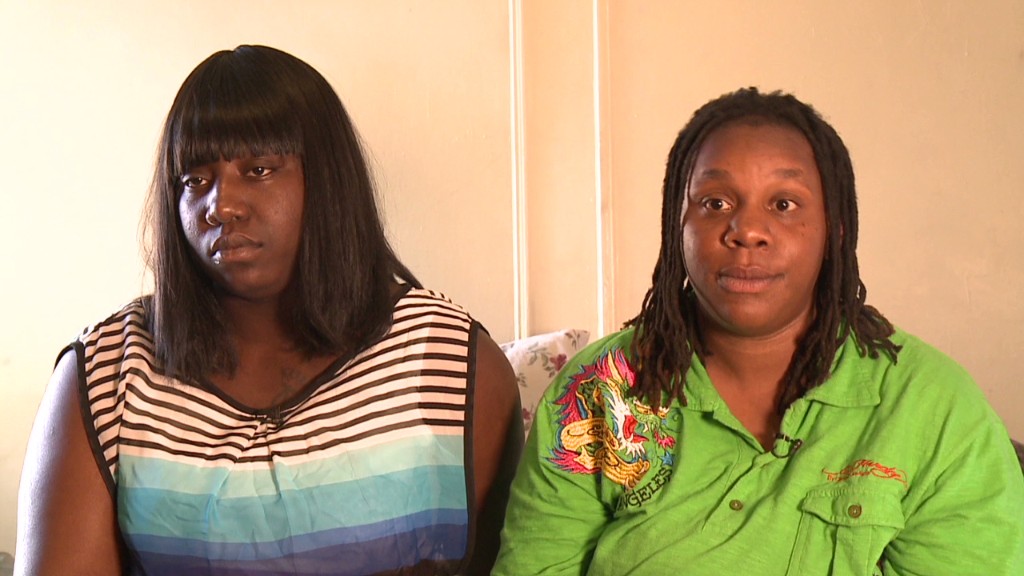
Federal lifeline programs have helped keep millions out of poverty, U.S. Census data shows.
Social Security payments lifted 21.4 million people -- including 14.5 million senior citizens -- over the poverty line in 2011, while unemployment benefits prevented 2.3 million Americans from falling into poverty.
The Census Bureau doesn't take into account non-cash benefits, such as food stamps and the Earned Income Tax Credit, when it measures income. But it calculates how these programs would have helped keep poverty in check.
There were some 46.2 million people below the poverty line -- which was $23,021 for a family of four -- in 2011.
Food stamps would have lifted 3.9 million people -- 1.7 million of them children -- out of poverty had that aid been counted as income. And the Earned Income Tax Credit, a refundable federal credit for low- to moderate-income working Americans, would have kept 5.7 million people, including 3.1 million children, above the poverty line.
Related: Getting off government assistance
Government assistance programs have come under attack as the federal deficit swells and state budgets remain squeezed in the aftermath of the Great Recession. However, they are vital to helping the poor survive, experts said.
That's why poverty advocates are particularly concerned about potential changes to the safety net. Unemployment benefits have already been scaled back and could be cut further if Congress does not extend the deadline to file for federal benefits beyond year's end.
In 2010, unemployment benefits kept 3.2 million people out of poverty. That number was lower last year because some people got jobs. But others ran out of benefits, experts said.
Experts on both sides of the ideological aisle say the Census statistics don't accurately reflect poverty in America because it overlooks non-cash public aid such as food stamps. The Census Bureau has tried to address this issue by creating an alternative measure of poverty that takes this aid into account. But it also factors in expenses, such as medical costs, child care and income taxes.
Under this system, which debuted last November, the national poverty rate stood at 16%. Census will update this figure later this fall.
Related: Visiting the poorest of the poor
Many government assistance programs are running at or near record enrollments. The number of people receiving food stamps hit an all-time high of 46.7 million in June.
Republicans are intent on curtailing certain programs to address the nation's debt problem. Paul Ryan, the GOP vice presidential candidate, has said he would turn Medicaid and food stamps into block grants and let the states manage them. Advocates for the poor fear that this would greatly limit funding for these programs.
Other lifeline initiatives, such as housing subsidies and heating assistance, could be slashed if Congress doesn't find a way to avoid sequestration, a series of automatic federal spending cuts that begin next year.
"Efforts to reduce poverty need not conflict with efforts to reduce budget deficits," said Robert Greenstein, president of the left-leaning Center on Budget and Policy Priorities.


